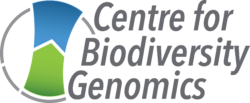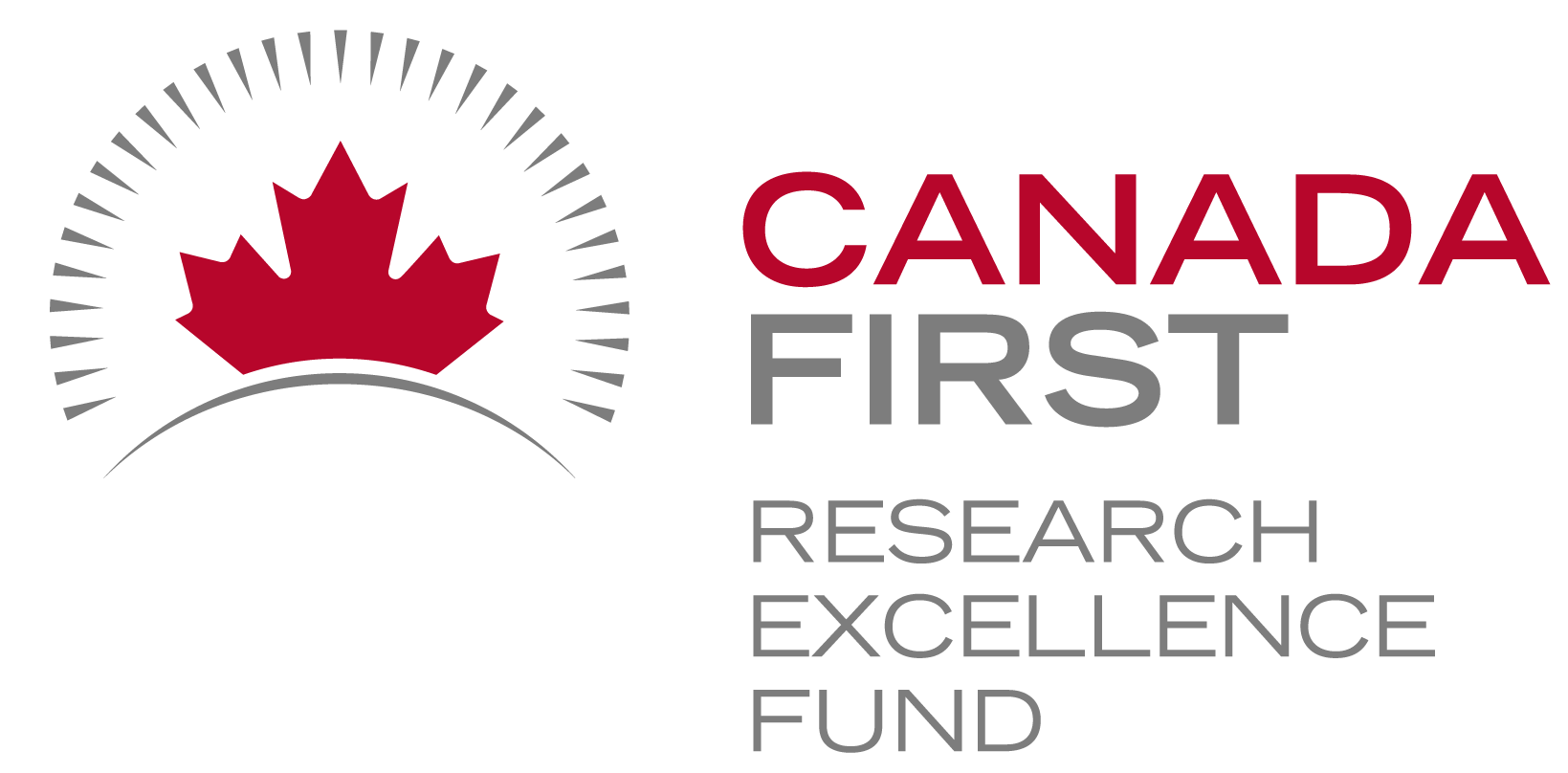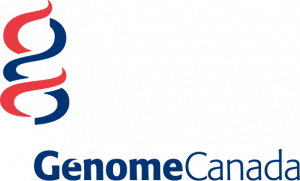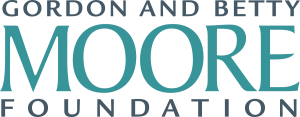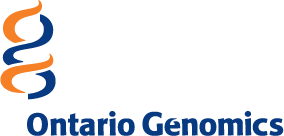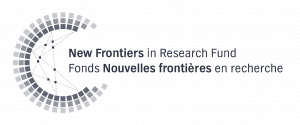We are
Expanding knowledge of life on our planet by combining DNA sequencing, digital imaging, and high-performance computing
What is the
Centre for Biodiversity Genomics?
Audio Overview by NotebookLM
We are
Preserving Biodiversity
The CBG curates a DNA archive with extracts from more than one million species and a voucher collection with more than 15 million specimens.
Leading innovation
Canada’s first Sequel II DNA sequencer was activated at the Centre for Biodiversity Genomics.
Automating high-res imaging
The CBG employs scanning microscopes to generate millions of high-resolution images each year.
Experts in DNA Technologies
The sequencing facility of the CBG offers the latest in DNA barcoding technology, research, and innovation.
3M+
DNA barcodes generated per year
20M+
Specimen records stored on BOLD
15M+
Digitized specimens in our collection
3M+
Specimen images generated per year
Highlights
FROM the CBG
NEWS
BGE Launch
Looking to stem global biodiversity loss, European scientists have launched a new research alliance using DNA barcoding technologies
PROJECT
Arctic BIOSCAN
RESEARCH
iBOL Consortium
iBOL
Consortium
A global effort to establish an earth observation system that will reveal species, their dynamics, and interactions
NEWS
$8.9M Boost
Provided by CFI through its Major Sciences Initiatives program, this award will support ongoing operations of the Centre
NEWS
Open License
BOLD, the world’s largest repository of DNA barcode data, has opened licensing on 85% of its specimen images
Land Acknowledgement
These kinds of relationships require careful cultivation and recognition that they will evolve over time. We re-affirm our commitment to learn to be humble and to continue this journey in a good way.
We acknowledge that the Centre for Biodiversity Genomics resides on the treaty lands and territory of the Mississaugas of the Credit. We uphold the significance of the Dish with One Spoon Covenant and the continuing relationship our Indigenous neighbours have with this land. We recognize that today this gathering place is home to many First Nations, Métis and Inuit peoples and acknowledging them reminds us of our relationships to this land where we learn and work.
We would also like to acknowledge the traditional territories of Indigenous Peoples around the world, their right to self-determination and sovereignty and their relationships to all aspects of creation since time immemorial. We acknowledge the diversity of Indigenous Nations, territories, and communities and each of their unique relationships to land. Through our collective work, we acknowledge with great respect and give voice to all life on planet Earth and honour the sacred relationships between people, nature, and biodiversity.
We are committed to honouring and upholding the 46 articles of the UN Declaration on the Rights of Indigenous Peoples. We will engage with a variety of Indigenous knowledge holders to ensure a diversity of perspectives.
